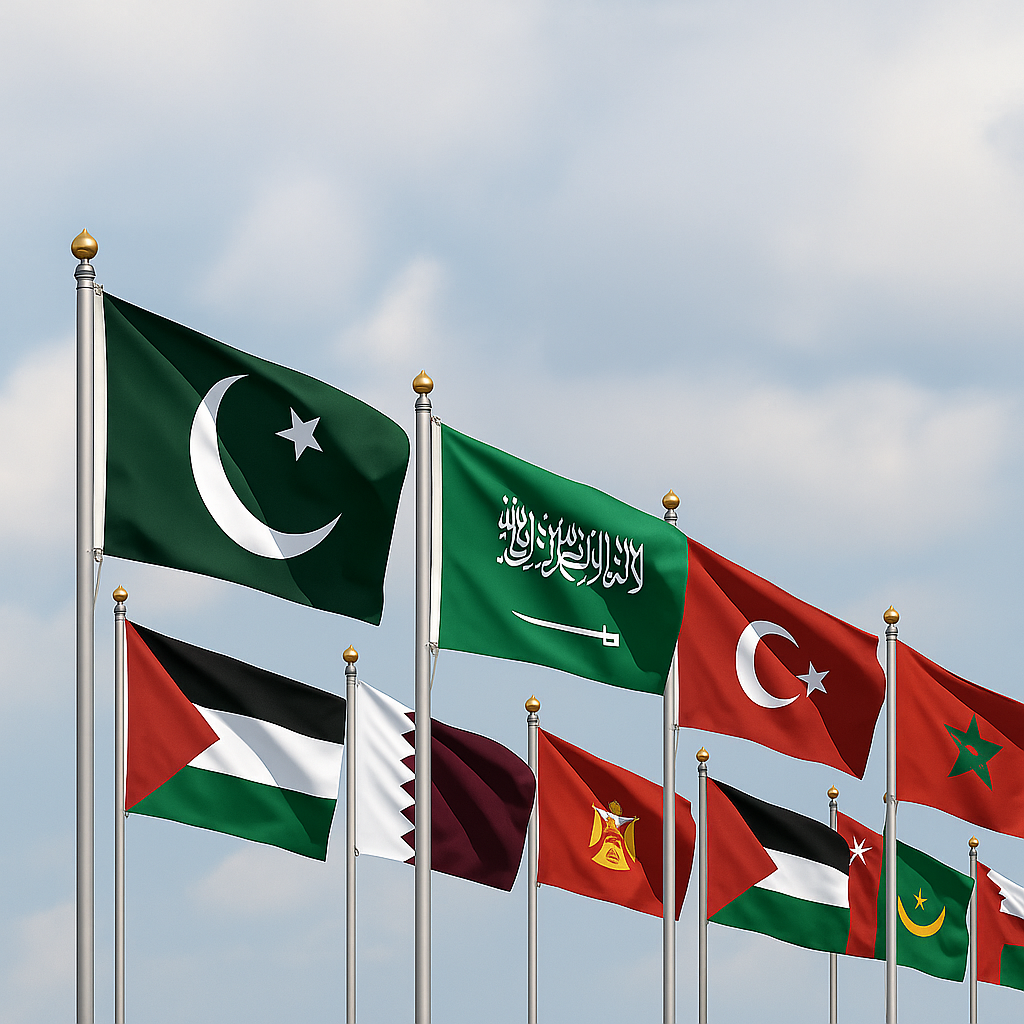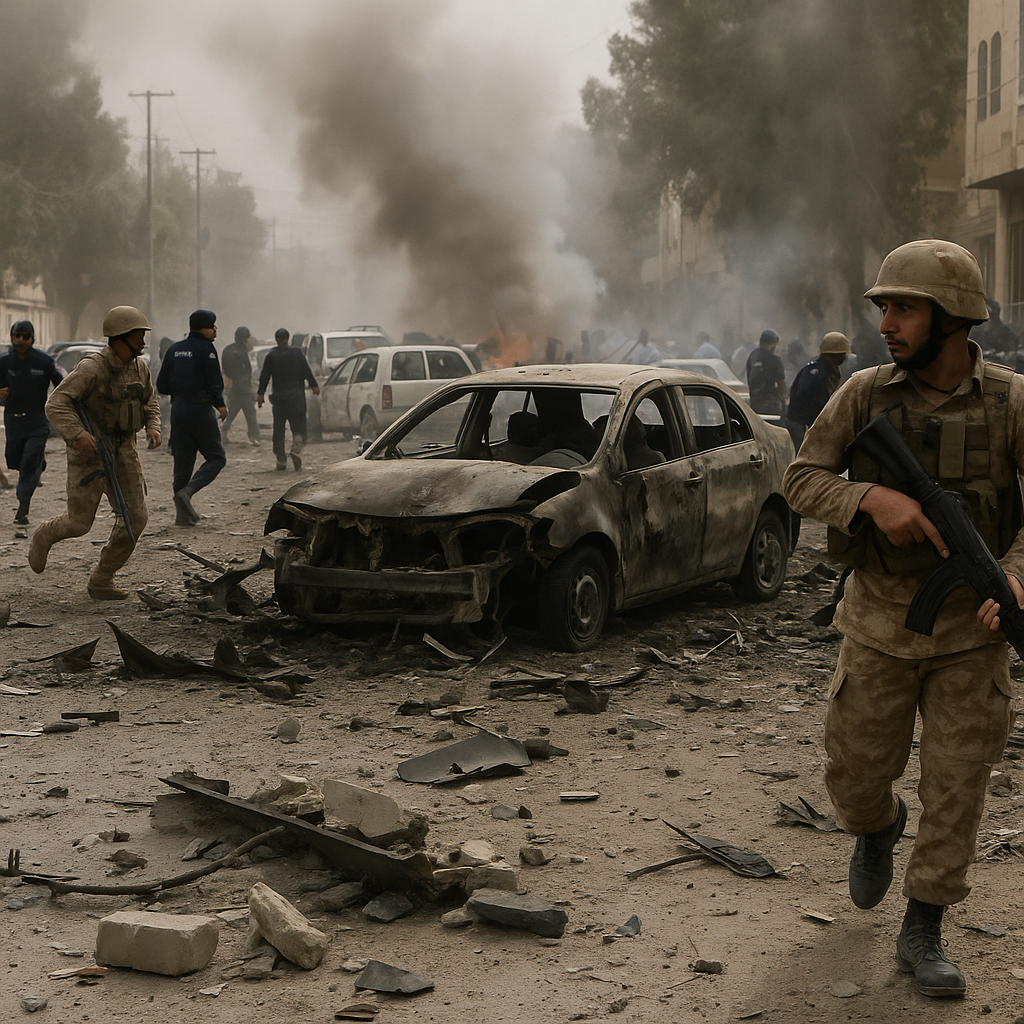Did Muslim Countries Endorse a Modified Version of Trump’s Gaza Plan? What We Know So Far
When U.S. President Donald Trump and Israeli Prime Minister Benjamin Netanyahu unveiled a 20-point plan for Gaza in late September 2025, several Muslim-majority nations — including Pakistan, Turkey, Egypt, Jordan, Saudi Arabia, the UAE, Indonesia, and Qatar — were quick to issue a joint statement “welcoming” the role of the U.S. in trying to end the war in Gaza.
But in the days that followed, confusion and dissent emerged, with some countries and leaders distancing themselves from the version released publicly. Critics and diplomats say the final draft delivered to Hamas diverged significantly from the version earlier discussed between the U.S. and Arab partners. Below is a breakdown of how the plan evolved, what changes were reportedly made, and why this matters for regional diplomacy.
The Early Signal: Joint Endorsement, but With Caveats
- The first public sign of consensus came via a joint statement from eight Muslim-majority states. They praised President Trump’s effort but did not explicitly endorse all the details.
- In Pakistan, however, the backlash was immediate: commentators decried the plan as a lopsided “two-state surrender,” benefiting Israel disproportionately.
- The Pakistani Foreign Minister, Ishaq Dar, soon distanced Islamabad from key aspects of the plan. He emphasized that the version released by the White House was “not our document.”
The discrepancy between initial welcome and subsequent distancing suggests that signatories might have approved a framework version, not a finalized one. Once the detailed text emerged, many found themselves unable to support it fully.
Behind the Scenes: How the Text Shifted
According to reporting by Axios and The Times of Israel, multiple changes were introduced to the plan after initial agreement, especially following interventions by Netanyahu. Key shifts include:
1. Withdrawal Phases & Territorial Control
- In earlier drafts, the withdrawal of Israeli Defense Forces (IDF) from Gaza was framed in relatively loose terms.
- The final version adds that withdrawals will occur “based on standards, milestones, and timeframes agreed among the IDF, the International Stabilisation Force (ISF), guarantors, and the U.S.”
- A map included in the plan reportedly reveals that Israel retains the right to remain in much of Gaza during initial phases.
- Also, a buffer zone would be maintained and Israel could continue a security “perimeter presence” even after full withdrawal — raising questions about the plan’s real meaning of “withdrawal.”
2. Disarmament Mechanisms
- The original version allowed a broad “commitment to peaceful coexistence” for Hamas members willing to lay down arms.
- The newer text more strictly requires that they “decommission their weapons” and ensures “all military, terror, and offensive infrastructure … will be destroyed and not rebuilt.”
- The plan places demilitarization under the oversight of independent monitors, with processes including weapons buy-back, reintegration, and verification.
3. Last-Minute Edits & Diplomatic Discontent
- Sources say Netanyahu secured 11th-hour changes, tightening the language in favor of Israel.
- Arab and Muslim countries were reportedly furious at how the public version diverged from the version they had discussed privately.
- Qatar, key mediator with Hamas, expressed that further clarification was needed and said the published plan did not fully match what was mutually agreed.
Why These Differences Matter
- Loss of Trust Among Allies
When Arab and Muslim countries feel sidelined or overridden, it undermines their credibility with their domestic audiences and with the parties in conflict. - Hamas’s Calculus
If the version delivered to Hamas is more stringent and less favorable than what was promised, it reduces buy-in and raises the risk of outright rejection. - Diplomatic Fragility
Without a strong, unified front, the role of mediation (especially by Qatar, Egypt, Turkey) becomes more difficult. - Implications for Pakistan
Pakistan’s initial support is now being questioned. The divergence suggests that Pakistan — and others — had not seen the final text before public endorsement. That may complicate Islamabad’s stance going forward.
Takeaways & What to Watch
- The version of Trump’s Gaza plan now circulating appears to diverge markedly from what was informally agreed with Arab and Muslim partners — especially in terms of Israeli military pullback and strict disarmament conditions.
- The role of Netanyahu in pushing for last-minute edits has been flagged by multiple sources, and Arab states reportedly objected to his influence behind the scenes.
- Going forward, acceptance by Hamas, alignment among Muslim states, and international backing will all hinge on whether the plan is renegotiated or softened.
- Pakistan and other Muslim-majority states will have to clarify whether they endorse the published document or demand changes.



